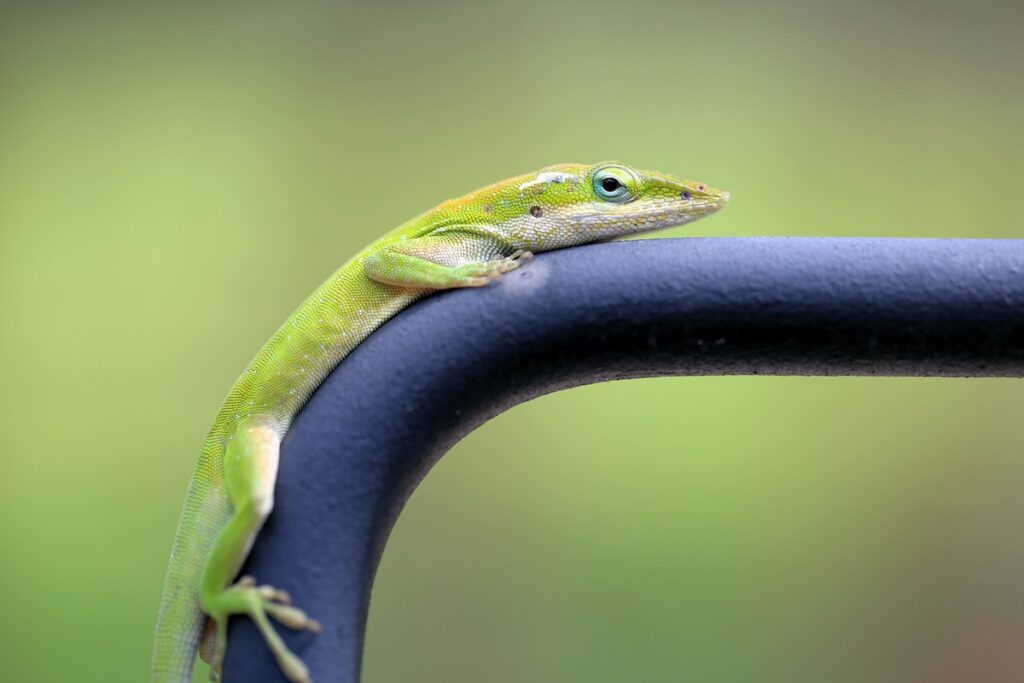Although it resembles a typical tail, the original bone is, in fact, replaced by softer cartilage.
Researchers at the Keck School of Medicine at the University of Southern California have now identified key cells that facilitate this cartilage regeneration. They believe this discovery could pave the way for rebuilding cartilage damaged by osteoarthritis, a debilitating degenerative disease with no current cure, affecting 10% of all Americans.
Lizards stand out as one of the few higher vertebrates capable of regenerating cartilage without it hardening, making them the closest relatives to mammals with this unique regenerative ability.
In a groundbreaking contribution to the scientific community, the team has published in the journal Nature Communications the first detailed description of the intricate interplay between two cell types that allows lizards to regenerate their tails.
“Lizards possess a kind of magic in their ability to regenerate cartilage because they can regenerate substantial amounts without it transitioning to bone,” explained corresponding author Thomas Lozito, assistant professor of orthopedic surgery and stem cell biology and regenerative medicine at the Keck School of Medicine of USC.
“The dream is to find a way to translate that process in humans because they cannot repair cartilage. This represents an important step because we need to understand the process in great detail before we can try to recreate it in mammals.”
The critical cell type responsible for building cartilage is fibroblasts, and the research revealed that changes in gene activity among specific fibroblast cells enabled de novo cartilage building. Additionally, the team discovered that a type of immune cell called a septoclast plays a crucial role in inhibiting fibrosis, or scarring, thereby allowing the regeneration process to unfold.
“Those two cell types working together laid the foundation for the beginning of the regenerative process,” explained Dr. Lozito. “A major difference between humans and lizards is that human tissue tends to scar, and that scarring prevents tissue regeneration.”
Remarkably, the researchers successfully induced cartilage regeneration in the limbs of lizards, which typically do not regrow like their tails. Their next goal is to explore whether they can induce cartilage building in mammals, starting with mice, using the techniques employed in their experiments on lizard limbs.
This discovery opens an intriguing avenue for imagination — the prospect of regenerating joints through a non-invasive procedure. It’s the kind of breakthrough that sparks excitement, even in the realm of a football coach’s dreams. Share this inspiring first step with your friends!
